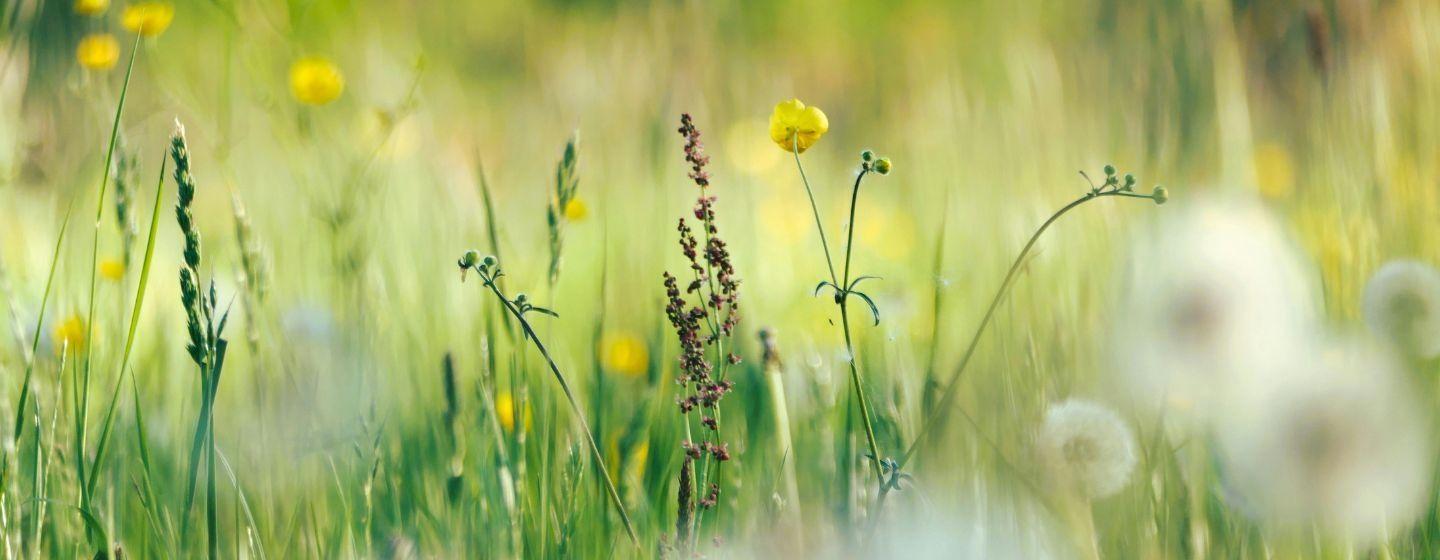Warming Climate, More Pollen, Worse Allergies


By the time you read this, the worst of the spring pollen season has likely eased. And I’m not just talking about that yellow, powdery pollen that seems to cover everything from Maine to Georgia. More on that later.
And if it seems like you’re sniffling and sneezing more because the pollen season is growing longer and longer, you’re right. While that yellow pollen is the most visible, it turns out that all pollen arrives earlier. New studies show leaves and spring blooms are arriving days to weeks early in the southern and central U.S., according to the USA National Phenology Network.
This earlier start for trees and plants means a longer growing season, and that’s bad news for folks with seasonal allergies. The U.S. Centers for Disease Control and Prevention reports that one in four adults and one in five children experience allergy symptoms.
And as you reach for another tissue, or eye drops, or allergy medications, blame climate change brought on by a warming planet for your allergy misery.
Remember how you learned in biology class that plants grow better in warmer weather? That’s what’s happening.
The nonprofit climate research group Climate Central studied temperature trends in 197 U. S. cities to see how the freeze-free season has changed from 1970 to 2023. Some of the findings:
The freeze-free season lengthened in 83% of cities (164 out of 197).
Those 164 cities saw their freeze-free season lengthen by 19 days.
All nine major U.S. climate regions have seen their freeze-free growing seasons lengthen by at least 11 days on average.
The more freeze-free days each year means spring arrives earlier, giving plants a longer growing season and more time to grow and release allergy-inducing pollen. That means allergy season now arrives earlier in the spring and lasts later into the fall.
All that data led researchers to find climate change was the primary driver of pollen season in North America, lengthening by an average of 20 days from 1990 to 2018.
There are pollen and mold-spore monitoring stations across the country. Local allergen counts and forecasts can be found National Allergy Bureau’s website.
Now about that yellow pollen. It looks horrible, even frightening. But it’s not likely the cause of all your sneezing, wheezing, runny nose and itchy eyes every spring.
This pollen is produced by conifers (cone-bearing trees like pine and fir) and has a specific purpose beyond making you spend money at the car wash and hose down anything sitting outside.
Most conifers are monoecious, meaning they produce both male and female cones on the same tree. But because a tree pollinating its own seed cones wouldn’t be good in nature (you want cross-pollination to encourage more diversity in the species), nature has developed a unique strategy.
Pollen cones are found lower on the tree than seed cones. That lets the wind take the pollen to another tree rather than higher up the tree into its own seed cones.
That yellow pollen is also heavy and falls directly to the ground. It doesn’t tend to blow around in the air, which is how most pollen reaches people and triggers all those allergy symptoms.
So, while the yellow dust is still a nuisance, it’s probably not to blame for your misery. I hope that, at least, makes you feel just a bit better.